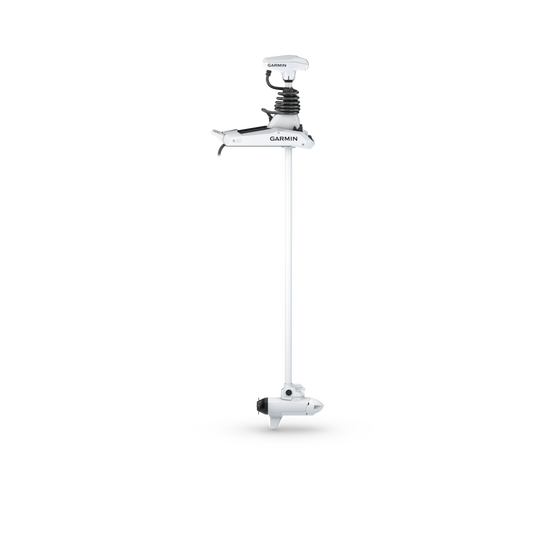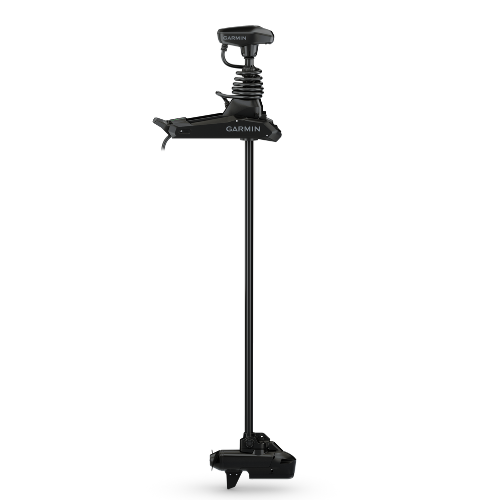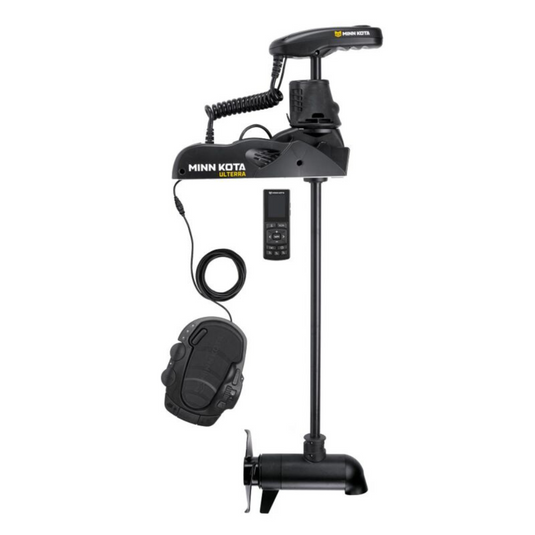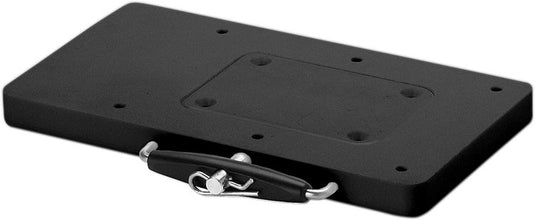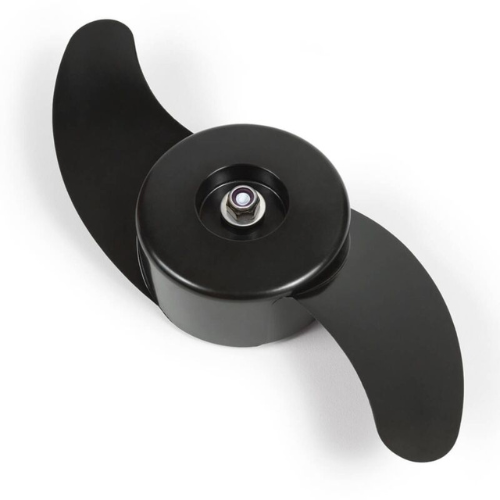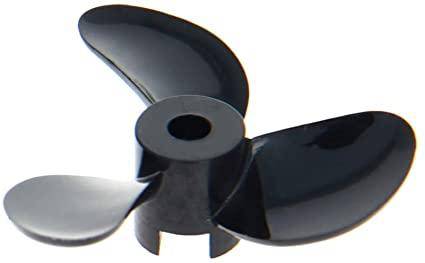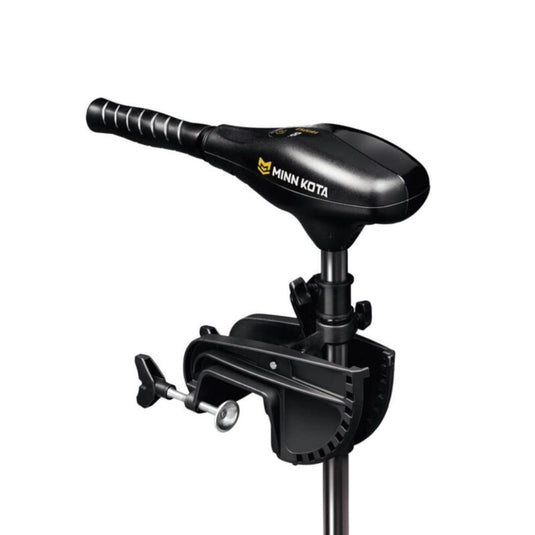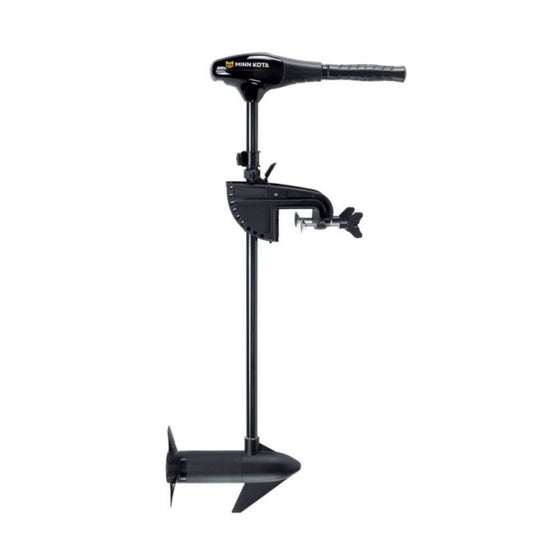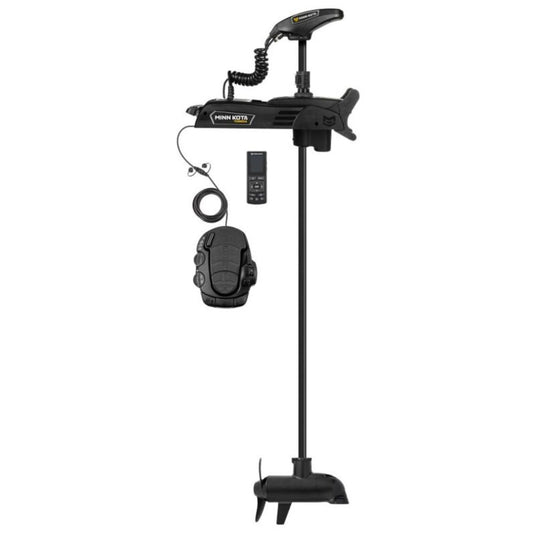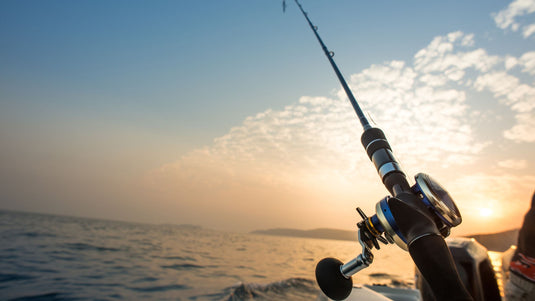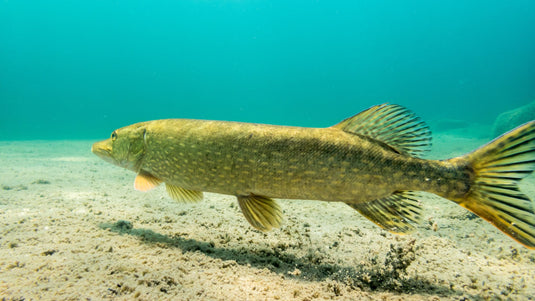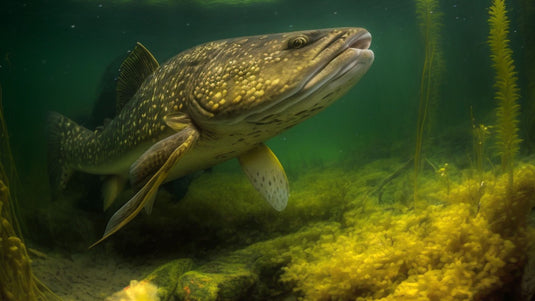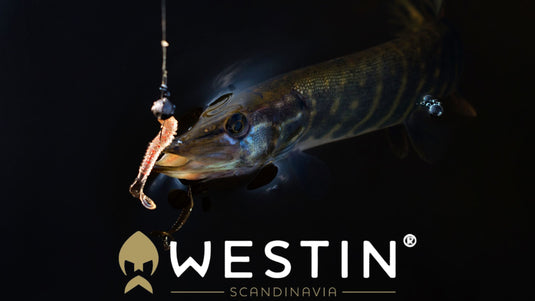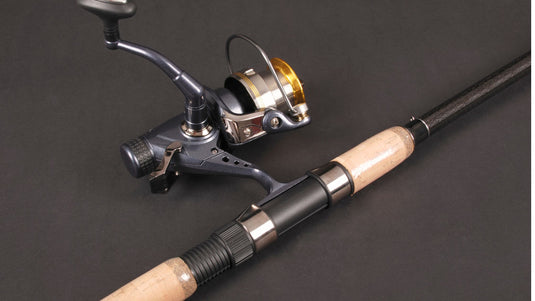Discovering the Elusive Sea Trout in Ireland's Waters
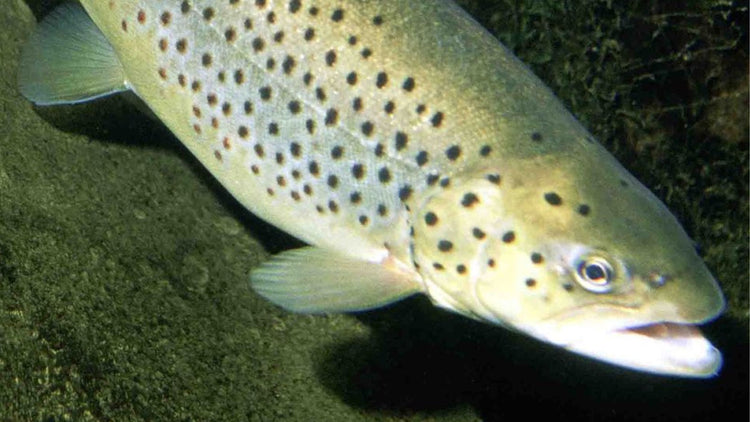
Introduction to Sea Trout
The sea trout, a migratory form of the brown trout (Salmo trutta), captivates anglers and nature enthusiasts across Ireland. Renowned for their elusive nature and vigorous fight when hooked, sea trout are not only a prized catch but also an important indicator of the health of aquatic ecosystems. This blog explores the habitat, lifecycle, and fishing tips for sea trout in Ireland, along with the conservation efforts aimed at ensuring their future in Irish waters.
The Life of a Sea Trout
Sea trout begin their lives as resident brown trout in freshwater rivers and streams. As they mature, some transform, undergoing physiological changes that allow them to migrate to the sea—an adventure that vastly expands their feeding opportunities and promotes rapid growth. After spending one to several years in the ocean, they return to their freshwater birthplaces to spawn.
The migration patterns of sea trout can vary significantly. Typically, they leave their freshwater homes in spring or early summer, returning after a few months, though some may overwinter in the sea. The return to freshwater is a perilous journey, fraught with predators and environmental challenges.
Where to Find Sea Trout in Ireland
Ireland's clean, cool waters are ideal for sea trout, which are found in many of its rivers and coastal areas. Some of the best spots for sea trout fishing include:
- The Lough Currane system in Kerry: Known for its large sea trout, it offers excellent fishing opportunities.
- The Moy Estuary in Mayo: Provides great sport for smaller sea trout.
- The Slaney River in Wexford: Noted for good runs of sea trout in mid to late summer.
- The Galway and Corrib Rivers: Famous for both salmon and sea trout.
Fishing Techniques and Tips
Fishing for sea trout requires skill and an understanding of their behavior. Here are some techniques and tips for aspiring and experienced anglers:
- Fly fishing: Perhaps the most popular method for catching sea trout, using flies that imitate small fish or crustaceans can be particularly effective.
- Night fishing: Sea trout are often more active and less wary at night. Fishing with a wet fly or surface lures during these hours can yield good results.
- Tide timing: In estuaries, the start of the incoming tide is a prime time as sea trout move with the tide to feed.
Conservation and Challenges
Sea trout populations in Ireland face several challenges, including habitat degradation, water pollution, and climate change. Overfishing has also been a concern historically, though today, strict regulations and catch-and-release practices help manage fish stocks sustainably.
Conservation groups, local communities, and government agencies are working together to restore habitats and monitor water quality to support sea trout populations. Anglers are encouraged to participate in these efforts by respecting local regulations and contributing to citizen science projects that track fish numbers and health.
Conclusion
Sea trout in Ireland offer a unique angling experience due to their mysterious life cycle and challenging nature. By understanding more about their habitat, behavior, and the threats they face, anglers can improve their techniques and contribute to conservation efforts. Whether you're casting a line in a tranquil river or exploring the rugged coastlines, pursuing the elusive sea trout is sure to be an unforgettable adventure.

